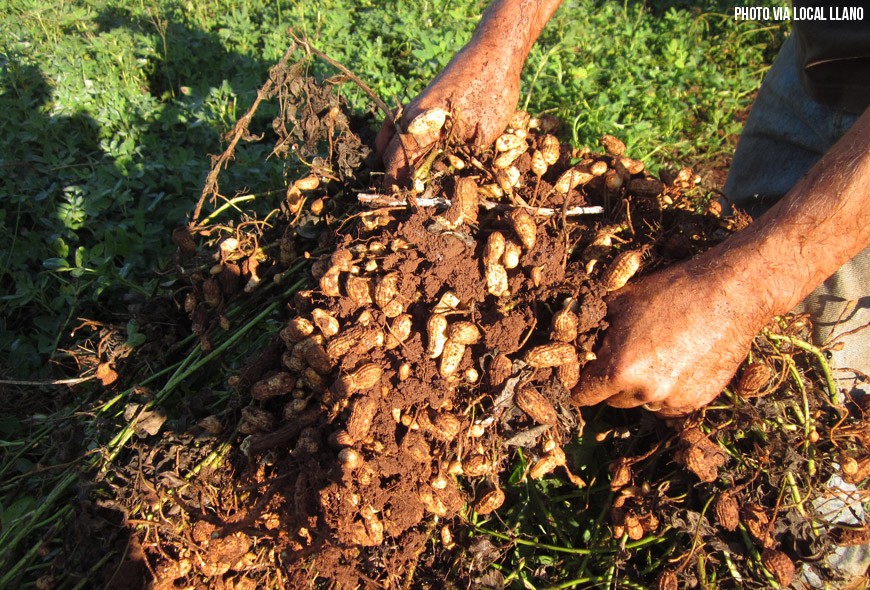Peanuts are America’s snack, a cultural classic of the United States…but peanuts are also the source of one of the single most widespread allergy epidemics in America. Fortunately, researchers at North Carolina A&T University have developed and commercialized the first allergen free peanuts through a method that reduced allergens by 98%. The importance of such a drastic allergen reduction can only be highlighted by the growing reach of peanut allergies nationwide.
The anaphylactic allergy to peanuts affects about 0.9% of the American population, which amounts to about 2.8 million people and includes an estimated 400,000 school-age children. According to North Carolina A&T University researchers, peanut reaction symptoms include “difficulty breathing; low blood pressure; swelling of the tongue, eyes or face; stomach pain, nausea and vomiting; skin rashes, blisters, itching, inflammation, and pain; and in some cases even death.” And the reaction can occur in as little as a few seconds.
When one suffers from such a severe reaction to a product that’s virtually everywhere one goes, what is everyday life like for that person?
Life With A Peanut Allergy
When you suffer from a severe allergy, the world seems much smaller. You obsess over studying food labels, expecting there to be yet another snack you can’t eat because it “may contain peanuts” or because it’s ‘processed on the same equipment used to process peanuts.’ You make mental (or written) lists of restaurants that you can’t go to because several of their menu selections contain peanut ingredients. You might even have to duck out of a first date before that first goodnight kiss because your romantic interest snacked on some peanut butter cookies earlier.
Typically through trial and error, certain places become off-limits for people with peanut allergies. Restaurants, bars, ice cream shops and even commercial flights top the list. In fact, in late August of 2013, mother Lianne Mandelbaum had a poor experience with commercial airliner United Airlines in connection to her 9-year-old son Joshua’s peanut allergy. Following the incident, where United Airlines wouldn’t alert flight passengers to Joshua’s peanut allergy, Mandelbaum began a campaign to create safe air travel for the roughly 15 million Americans suffering from food allergies.
Her website, www.nonuttraveler.com, has gathered around 15,000 petition signatures requesting that airlines institute a bill of rights for passengers with food allergies. The rights would include establishing buffer zones of three rows in front of and behind a passenger with a peanut allergy. Passengers sitting in the buffer zones would be asked to not consume any nut products during the flight.
The campaign is certainly a step in the right direction, but from what other angle is the battle against peanut allergies being approached?
How Allergen Free Peanuts Are Produced
With such a severe allergic reaction recently becoming so widespread in the U.S. (one study showed that peanut allergies in children doubled between 1997 and 2002), research into neutralizing the reaction has increased over the years. Fortunately, researchers at North Carolina Agricultural and Technical State University have finally developed and commercially licensed a method to reduce allergens in peanuts by 98%.
North Carolina A&T State University recently signed an agreement patenting the allergen-reducing process with Toronto-based firm Xemerge, which commercializes food, agriculture and various other upcoming technologies. The process was developed by food and nutrition researcher Dr. Jianmei Yu along with former A&T faculty Dr. Mohamed Ahmedna and Dr. Ipek Goktepe. During the process, peanuts are removed from the shell and skin and are treated with food-grade enzymes often used in food processing.
Two key allergens in the peanut are reduced during the process: the Ara h 1 allergen is reduced to undetectable levels, while the Ara h 2 allergen is reduced in the peanut by up to 98%. Skin-prick tests were conducted on human test subjects in order to confirm the results of the research.
The process does not use any chemicals or irradiation and the result is an allergy-free, non-GMO (genetically modified organism) roasted peanut that tastes, unbelievably, exactly like a roasted peanut. According to the United States Drug Administration, the allergen-free peanuts can be safely served whole, broken into pieces or ground into flour. Additionally, the research could successfully continue with other common food allergens in the United States, including wheat and tree nuts.
Eventually, the shell shavings carried into your lap by the gentle breeze gusting along the third-base line at a baseball game will amount to nothing more than a minor annoyance to dust off your shirt. For people flying cross-country like Joshua Mandelbaum, that roasted aroma expelled into your face when the passenger sitting next to you rips the bag open to munch on a salty snack might actually trigger appetite instead of fear. And at the grocery store, food labels reading “may contains peanuts” will allow allergic customers to be thankful that the product might contain peanuts, a nutritional gold mine loaded with vitamins, minerals, healthy fats and proteins.
Ultimately, with the development of allergen-free peanuts, 2.8 million allergic Americans can rest a little easier.


